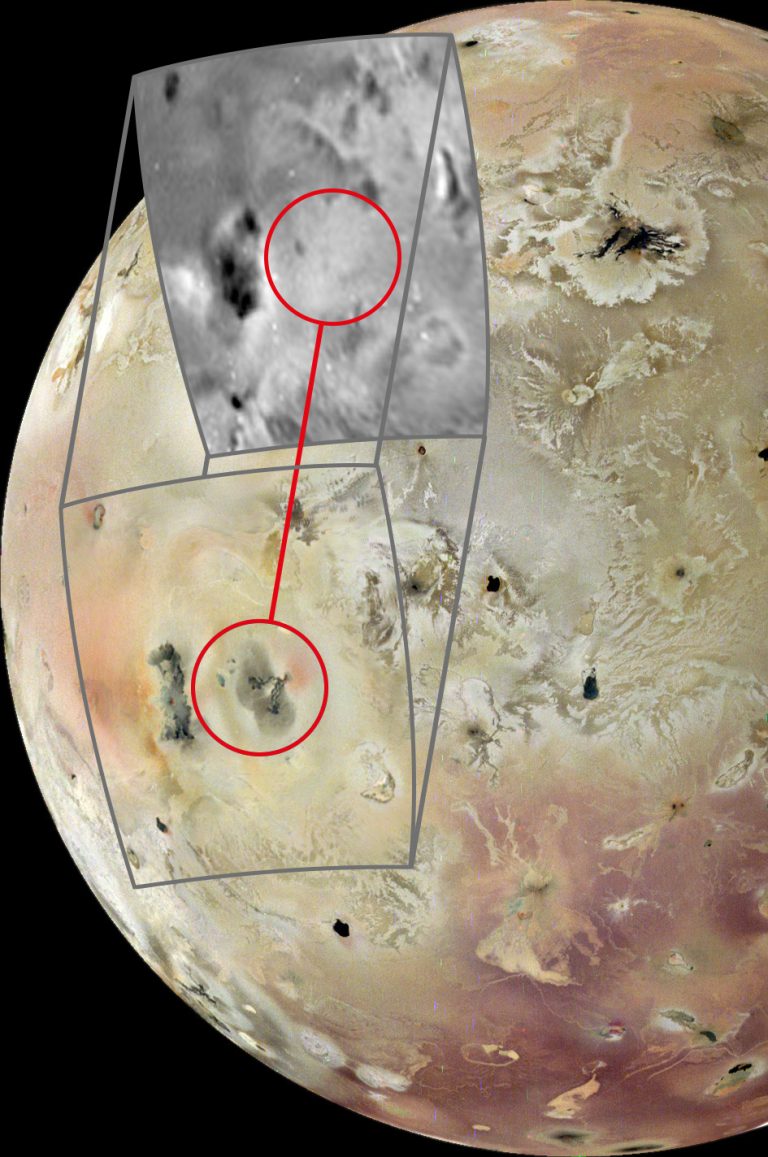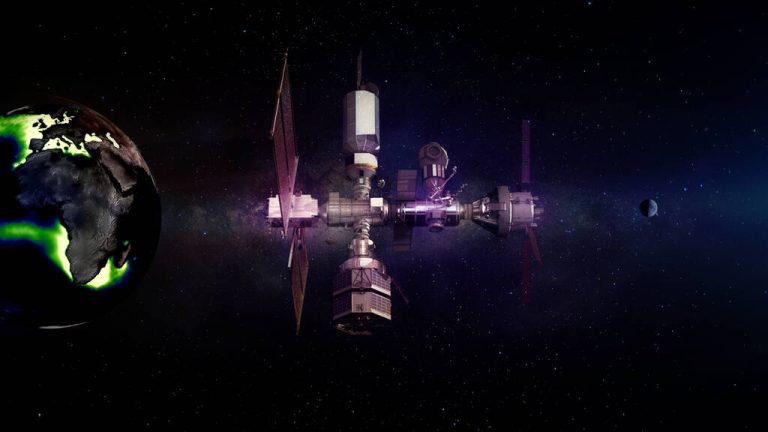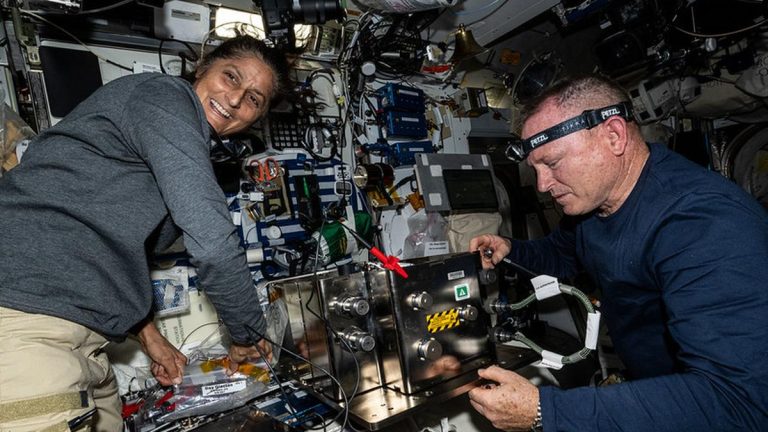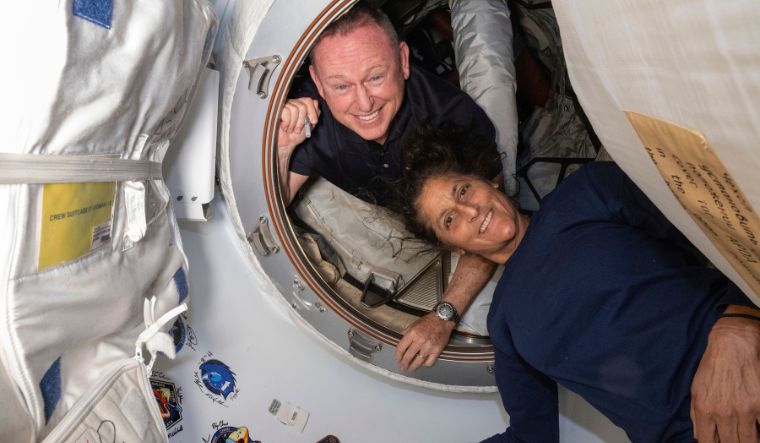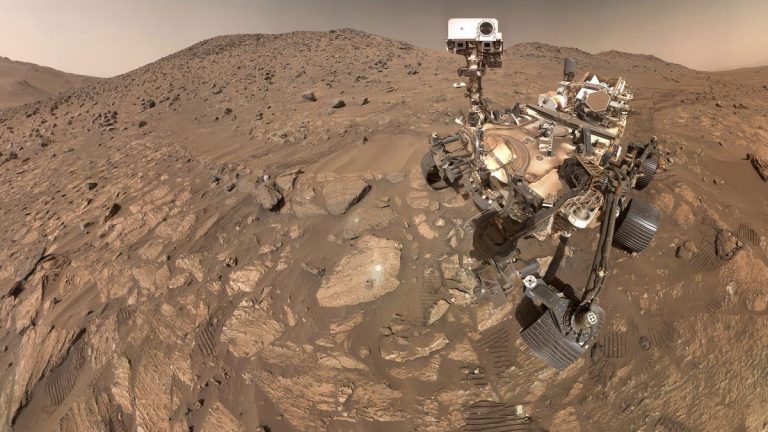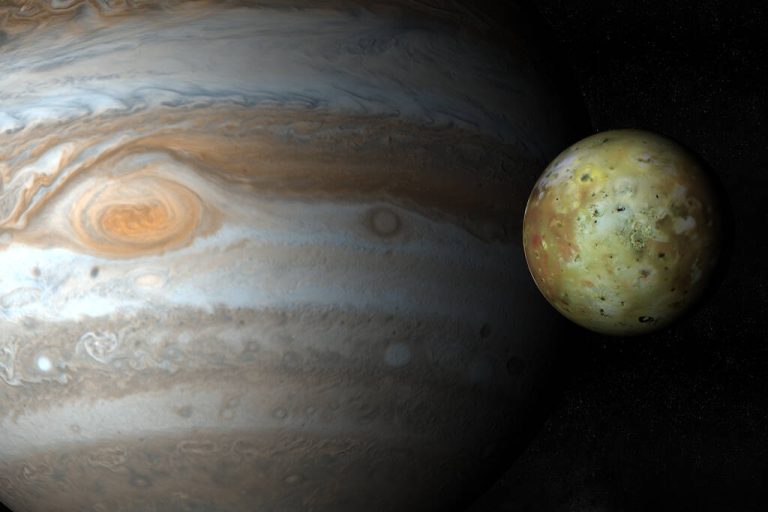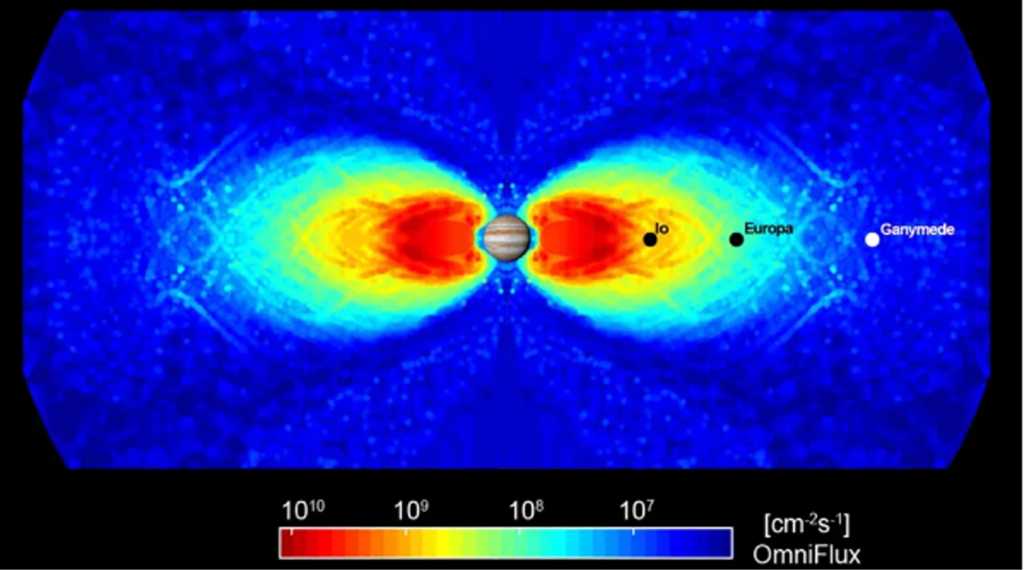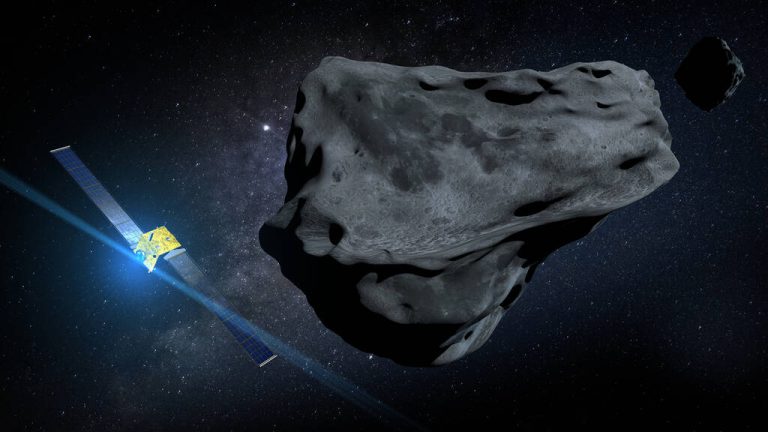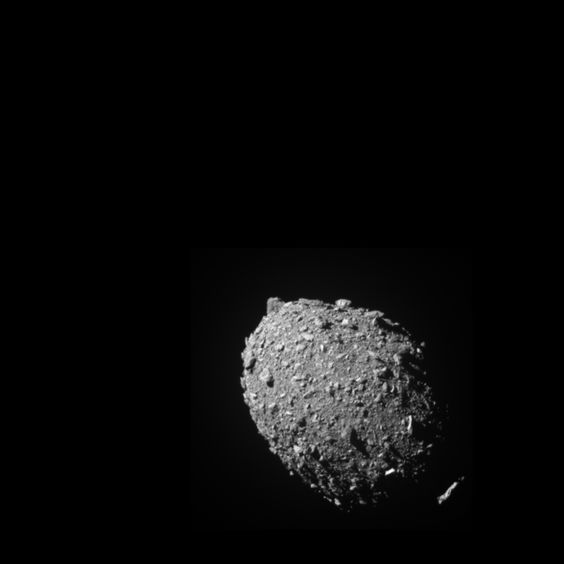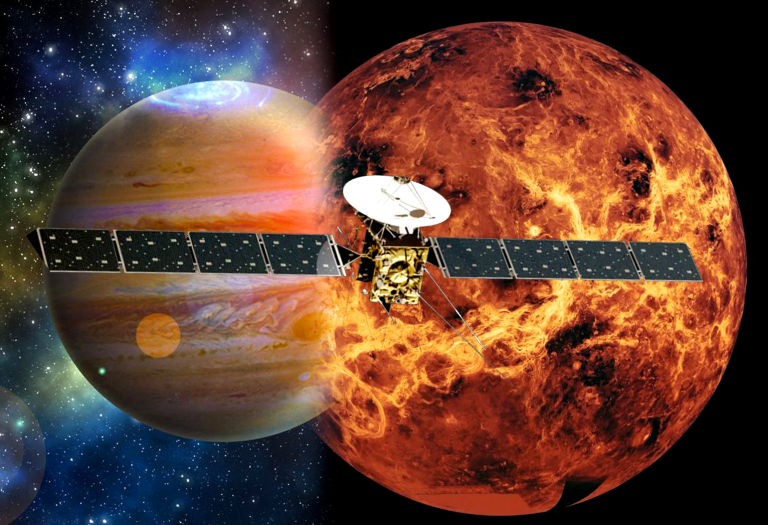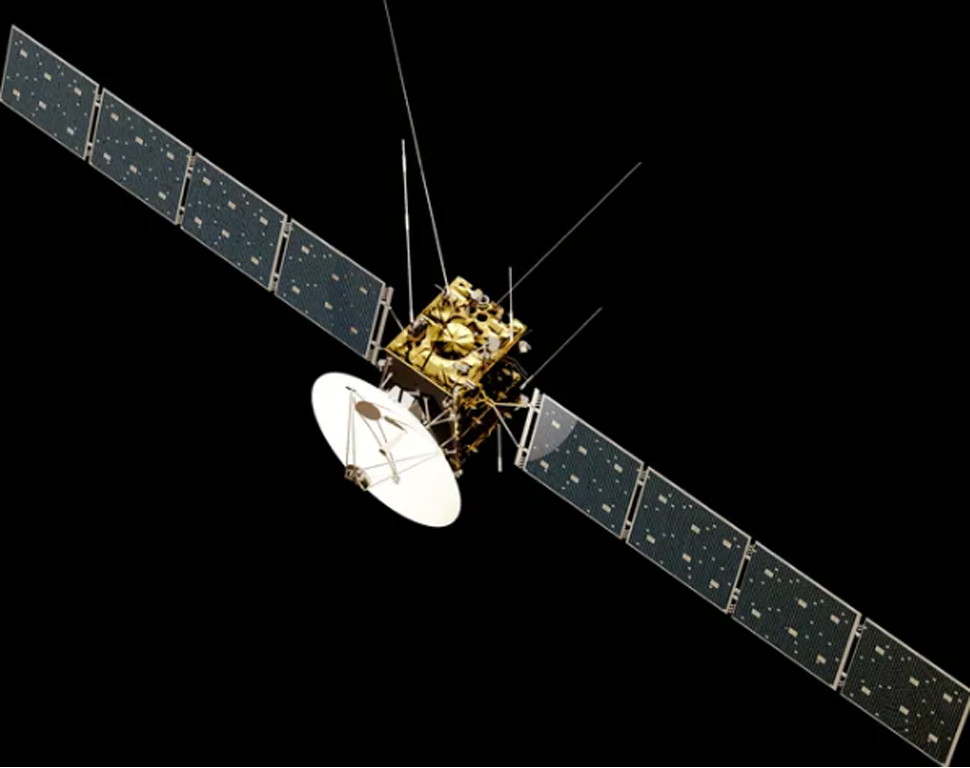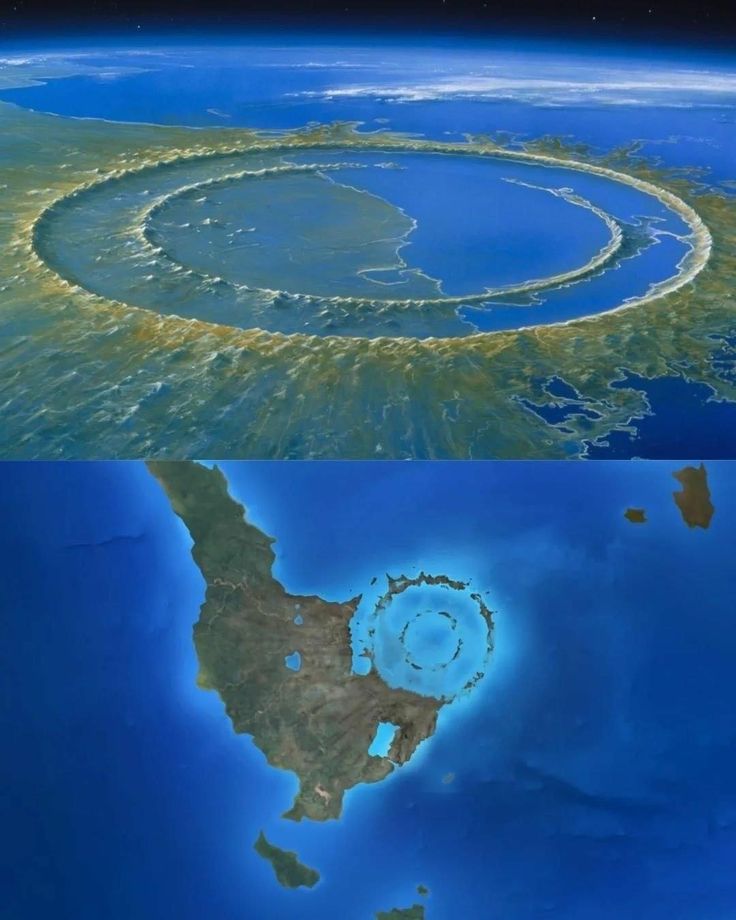Rings Around Earth: Could Earth Have Had Rings 500 Million Years Ago? Scientists Explore
Scientists have proposed that Earth may have had a ring system 466 million years ago due to a near-collision with a large asteroid. This theory suggests the asteroid broke apart within Earth’s gravitational field, forming a debris ring. Over time, the ring particles descended into the Earth’s atmosphere, causing a series of impacts that left craters visible today. While evidence is still being studied, researchers are exploring the possibility that Earth once had a ring system similar to Saturn’s.
Summary
- Saturn’s iconic rings have fascinated people for centuries.
- Other gas giants, Jupiter, Uranus, and Neptune, also have rings.
- Earth may have had a ring system 466 million years ago, according to recent studies.
- Scientists discovered increased meteorite activity recorded in limestone deposits.
- These meteorites are chondritic and were likely part of an asteroid that broke up near Earth.
- The debris from this event would have created a temporary ring.
- 21 known meteorite impact sites correspond to the period of increased asteroid activity.
- The Ordovician period saw an uptick in seismic and tsunami events, possibly linked to this debris.
- The debris would have gradually fallen to Earth, forming the craters seen today.
- This theory is supported by increased levels of asteroid dust in Earth’s geological record.
- A similar phenomenon of tidal disruption is what likely formed the rings of Saturn.
- The Roche limit describes how Earth’s gravity could break up a near-miss asteroid.
- This event may have created a meteor shower lasting millions of years.
- Modern technology helps scientists analyze limestone deposits for clues about ancient meteorite impacts.
- This fascinating possibility opens up new avenues for studying Earth’s ancient history.

Could Earth Have Had Rings 500 Million Years Ago?
We are all familiar with the iconic rings of Saturn, which are a striking feature in our solar system. But have you ever wondered if Earth might have had rings at some point in its history? Scientists are now suggesting that Earth may have indeed had a ring system around 466 million years ago. Evidence from a series of impact craters, meteoritic dust found in limestone deposits, and a rise in seismic activity during the Ordovician period all point to the possibility that a ring of debris once orbited Earth.
Saturn and the Gas Giants: A Lesson in Rings
The rings of Saturn, Jupiter, Uranus, and Neptune are composed of chunks of ice and rock that orbit these planets in a circular pattern. These rings, although appearing smooth from afar, are made up of countless particles that range in size from dust grains to mountains. The formation of these rings is still a topic of scientific debate, but one popular theory suggests that the rings were formed from celestial bodies like moons or asteroids that wandered too close to the planets. The intense gravitational pull of these massive gas giants tore the objects apart, leaving behind a trail of debris known as tidal disruption.
Seeing the rings of Saturn against an inky black sky are the very things that grabbed my attention as a ten-year-old boy,” said an astronomer, recalling his fascination with space.
Earth’s Rings? The Evidence Begins
A team of researchers, led by Andrew G. Tomkins, recently published a paper proposing that Earth could have had rings during the Ordovician period. Their hypothesis is based on evidence collected from limestone deposits around the world, which show an increase in meteoritic dust during this time. The meteoritic material, primarily made up of chondrite meteorites, suggests that Earth experienced a dramatic uptick in asteroid activity around 466 million years ago.
The researchers hypothesized that a large asteroid likely passed within Earth’s Roche limit—the point at which an object’s gravity is no longer strong enough to hold it together against the planet’s tidal forces. This close encounter would have caused the asteroid to break apart, creating a debris ring around Earth. Over time, this debris would have gradually fallen into Earth’s atmosphere, creating meteor showers and leaving impact craters across the globe.
Table 1: Characteristics of Gas Giant Rings
| Planet | Composition of Rings | Estimated Age of Rings | Tidal Disruption Event |
|---|---|---|---|
| Saturn | Ice and rock | 100 million years | Likely |
| Jupiter | Dust and small particles | Few million years | Possible |
| Uranus | Dark particles | Unknown | Likely |
| Neptune | Ice and dust | Unknown | Possible |
Meteorite Impact Events
Researchers have identified 21 meteorite impact sites that correspond with the period of increased asteroid activity in the Ordovician period. These impacts, located mainly near Earth’s equator, are believed to be the result of debris from the destroyed asteroid that formed the ring system. The debris would have been drawn toward Earth over a span of millions of years, creating impact craters that are still visible today.
One of the most famous impact craters from this period is the Barringer Crater in Arizona, also known as Meteor Crater. This large crater, created around 50,000 years ago, was formed by the impact of a nickel-iron meteorite. Though it’s much younger than the debris ring event, it serves as an example of the damage such impacts can cause.
Table 2: Notable Meteorite Impact Sites
| Impact Crater | Location | Estimated Age | Meteorite Type |
|---|---|---|---|
| Barringer Crater | Arizona, USA | 50,000 years | Nickel-Iron Meteorite |
| Chicxulub Crater | Yucatán, Mexico | 66 million years | Asteroid |
| Clearwater Lakes | Quebec, Canada | 290 million years | Asteroid |
| Manicouagan Crater | Quebec, Canada | 214 million years | Asteroid |
The Ordovician Period: A Time of Change
The Ordovician period, which lasted from about 485 million to 444 million years ago, was a time of significant geological and biological change on Earth. During this time, the planet experienced increased seismic and tsunami activity, which some researchers believe could be linked to the asteroid debris that formed the ring system. However, this correlation remains unconfirmed.
Interestingly, the Ordovician meteorite shower coincided with a rise in marine life and the expansion of new species. This suggests that the increased asteroid activity, while destructive in some areas, may have also played a role in shaping the planet’s ecosystems.
Ring Decay: A Gradual Process
If Earth did have a ring system 466 million years ago, it wouldn’t have lasted forever. Over time, the individual chunks of debris would have slowly descended into Earth’s atmosphere, creating a steady rain of meteoritic material. This decay process likely lasted for tens of millions of years, with the ring particles gradually becoming incorporated into the planet’s geological record. Scientists believe that this material can still be found today in the form of chondritic meteorites embedded in limestone deposits.
The possibility that Earth once had a ring system is a fascinating hypothesis that challenges our understanding of the planet’s history. The evidence presented by Andrew G. Tomkins and his team provides a compelling case for the existence of a debris ring around Earth 466 million years ago. By studying impact craters, meteorite deposits, and limestone records, scientists have uncovered new clues about the planet’s ancient past.
While much more research is needed to confirm this theory, the idea that Earth once had rings opens up exciting possibilities for future discoveries. As we continue to explore our planet’s history, we may find that Earth’s Ordovician rings were just one of many mysteries waiting to be uncovered.
References
- Tomkins, Andrew G. et al., “Evidence suggesting that Earth had a ring in the Ordovician.” ScienceDirect, https://www.sciencedirect.com/science/article/pii/S0012821X24004230?via%3Dihub.


